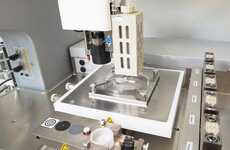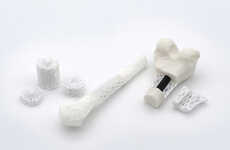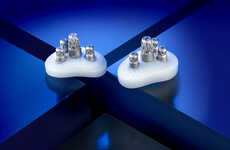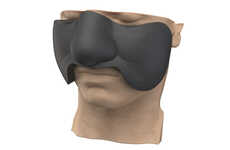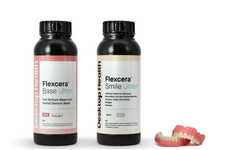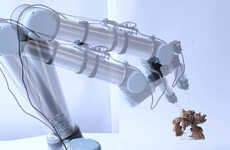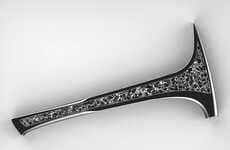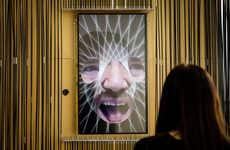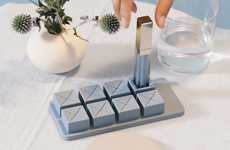
New Studies into 3D Printing Bones Could Benefit Injured Veterans
Justin Lam — December 5, 2018 — Tech
References: medicine.arizona.edu & digitaltrends
A scientist at the University of Arizona is now investigating ways in which 3D printing bones and adult stem cells could help veterans suffering from combat injuries. Spearheaded by John Szivek, a biomedical engineer and professor of orthopedic surgery at Arizona, this new scientific investigation aims to improve the existing process of using allografts to replace severely damaged segments of bone. Allografts are currently derived from cadavers in bone banks, but by 3D printing bones, doctors could increase the frequency these operations occur.
In pilot studies, Szivek has achieved "complete bone formation covering a large bone defect in about three months.” However, later studies will aim to speed up the process and will observe and test how these procedures will hold up after years.
Image Credit: University of Arizona
In pilot studies, Szivek has achieved "complete bone formation covering a large bone defect in about three months.” However, later studies will aim to speed up the process and will observe and test how these procedures will hold up after years.
Image Credit: University of Arizona
Trend Themes
1. 3D Printing Bones - Disruptive innovation opportunity: Exploring the potential of 3D printing technology to create bones could revolutionize the field of orthopedic surgery, providing faster and more efficient treatment for combat injuries.
2. Adult Stem Cells - Disruptive innovation opportunity: Investigating the use of adult stem cells in bone grafting procedures has the potential to enhance the body's natural healing process, leading to improved outcomes and faster recovery times.
3. Improving Bone Grafting - Disruptive innovation opportunity: Advancing the existing process of using allografts to replace severely damaged bone segments through research and technological advancements can contribute to more accessible and effective treatment options.
Industry Implications
1. Biomedical Engineering - Disruptive innovation opportunity: Bridging the gap between engineering and medicine can lead to groundbreaking advancements in bone grafting techniques, benefiting both injured veterans and a wide range of patients.
2. Orthopedic Surgery - Disruptive innovation opportunity: Leveraging technological advancements, such as 3D printing bones and adult stem cell research, has the potential to revolutionize orthopedic surgery by streamlining procedures and improving patient outcomes.
3. Medical Device Manufacturing - Disruptive innovation opportunity: The growing demand for innovative bone grafting solutions presents opportunities for medical device manufacturers to develop cutting-edge products that enhance surgical techniques and post-operative recovery.
1
Score
Popularity
Activity
Freshness

